Largest European study on radiation protection from radon and natural radioactive materials
56 partners from 26 different countries are investigating the effects of chronic exposure to low doses of radon and other natural radionuclides on humans and the environment. The ultimate goal is to improve risk management and, in doing so, reduce the risk of cancer. The consortium partners are devoting a research budget of 22 million euros to the H2020 project, called RadoNorm. “Which makes it the largest and most comprehensive European study on the subject ever. We are proud to be able to support this study from SCK CEN,” is the message from the researchers involved at SCK CEN, one of the driving forces behind the project.
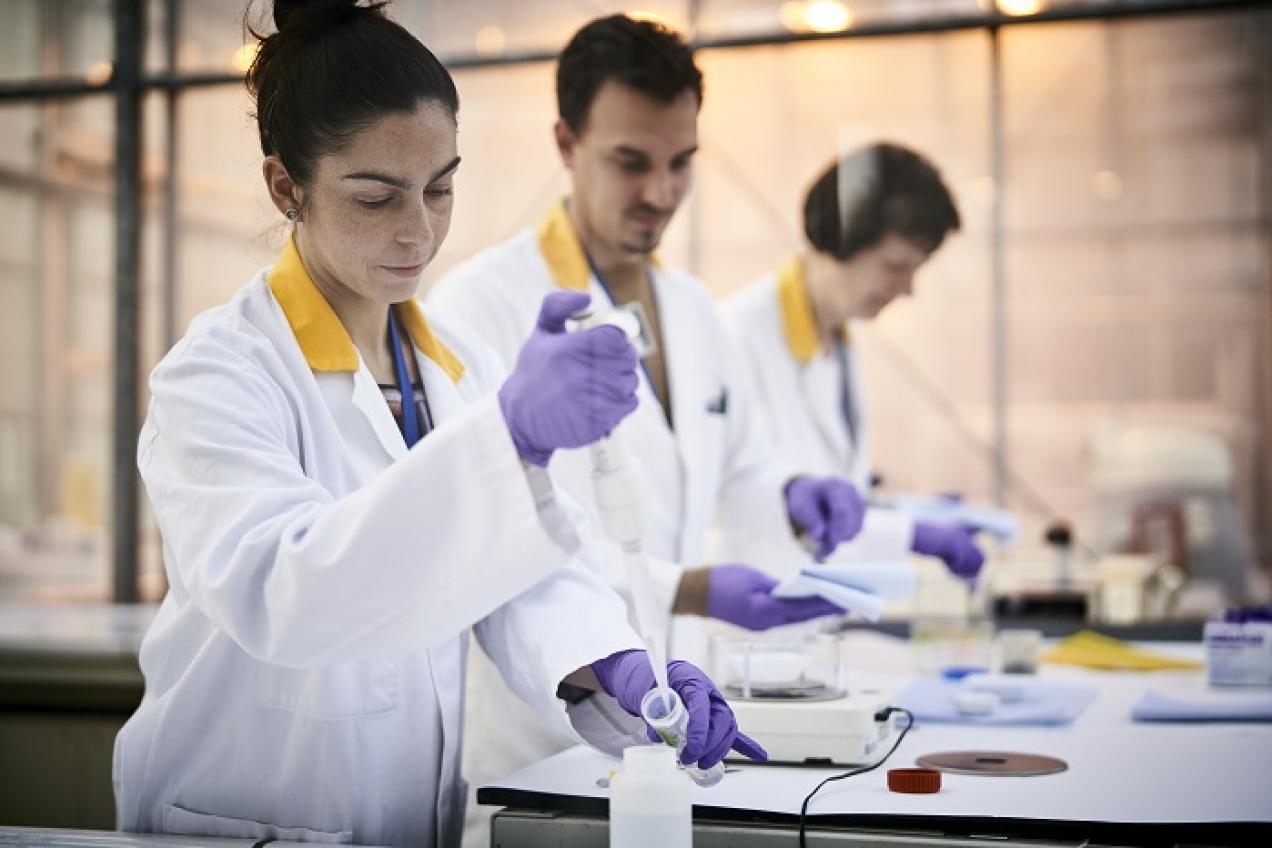
According to the World Health Organisation, radon is one of the major causes of lung cancer worldwide, along with smoking. In Belgium, radon causes 480 cases of lung cancer every year. Recent studies have shown cautious indications that radon could also lead to other cancers or diseases. In order to protect its citizens against radiation risks, the European Union has approved a new law and is investing in much-needed research. RadoNorm is one of those research projects.
The project is comprehensive: it aims to map out radon and NORM exposures (see box), develop new dosimetric techniques, evaluate impact on health and ecology, increase understanding of societal aspects and integrate uniform training into companies working with such materials. “The great strength of the RadoNorm project is the cross-pollination between numerous scientific disciplines. It brings together researchers from lots of areas: both in the natural sciences and in the social sciences. We, SCK CEN, are also throwing several disciplines into the struggle to help realise this ambition,” says Dr. Tanja Perko, project co-ordinator at SCK CEN.
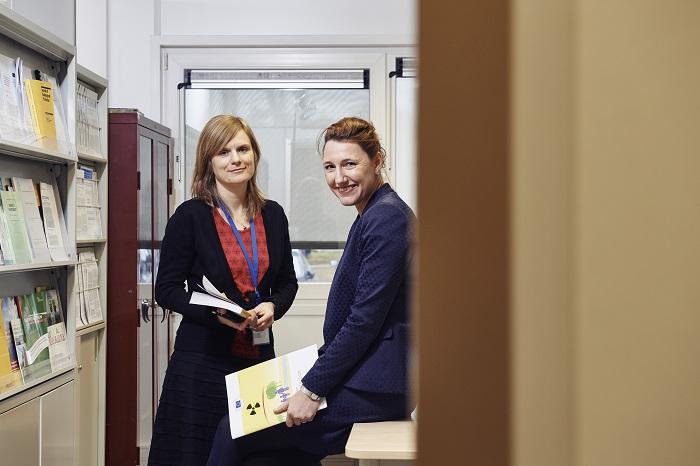
Changing behaviour and improving risk management by involving social sciences
The RadoNorm project pays special attention to the social aspect. SCK CEN is taking the lead for this aspect and directs 15 universities among which the Universities of Hasselt and Antwerp. In co-operation with these universities, SCK CEN is aiming to examine how citizens deal with the radiation risk. Prof. Dr. Wouter Schroeyers and his colleague Prof. Dr. Robert Malina (Hasselt University): “How can we encourage citizens to take action and contain those risks? It is that question we are seeking to answer together.” That answer lies in a correct, targeted communication strategy, as is believed at SCK CEN. “Communication about radon and NORM can play a key role in encouraging citizens to take action. In order to gain insight into this, we will use a wide range of research methods, such as surveys among the general population and industry,” says Dr. Robbe Geysmans, a sociologist at SCK CEN.
Several PhD students will work on the project to, for example, study awareness among citizens. Professors Heidi Vandebosch and Peter Thijssen from the University of Antwerp explain: “Scientists and specialists have a great deal of knowledge about radon and the associated dangers, but the general people doesn't yet. How do we ensure that the right information reaches the right target groups? What should we emphasise in the messaging? And will this have the desired impact? We want to reach a lot of people in an accessible way. Instead of the typical scientific information in a leaflet, why not put a storyline in a popular soap opera?”
Ecological transmission of naturally occurring radionuclides unravelling and making an inventory of NORM sites
Natural radionuclides have been present in the Earth's crust since it was formed. These include uranium-238, thorium-232 and their respective decay products. One of those decay products is the radioactive noble gas radon. It escapes from the soil and ends up in the environment. “The soil ‘breathes out’ radioactive radon, which in turn decays. Trees can absorb these decay products and return them to the forest surface, where animals live,” says Prof. Dr. Jordi Vives i Batlle, radio-ecologist at SCK CEN. “How does this process work? How much radioactivity is transferred to the fauna in this way? These are the things we want to know.” SCK CEN will combine two advanced models for this purpose: a model to simulate forest transfer and a model to simulate radon aerosols in the air.
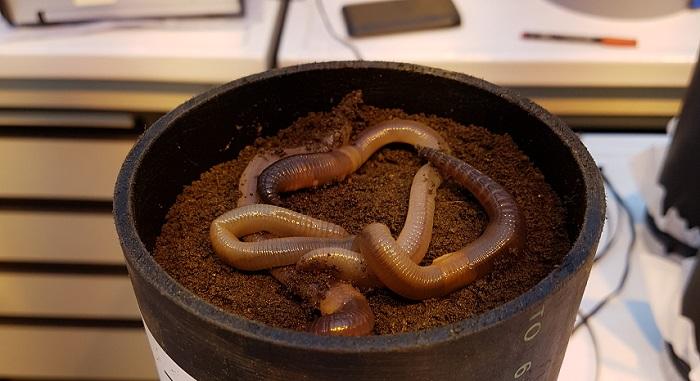
However, this is not a one-way street. Not only from flora to fauna, but from fauna to flora too. SCK CEN is specifically examining the role of the common earthworm (Lumbricus terrestris). “Earthworms, as soil architects, keep the soil climate healthy. They make the soil airy and permeable to water. Or they make minerals available to plants by breaking down organic material (e.g. dead leaves and branches). Earthworms therefore release nutrients for plants,” explains Dr. Nathalie Vanhoudt, radio-ecologist at SCK CEN. “The question is whether these animals also influence the distribution of NORM materials and metals, and their uptake into vegetation. And if so, how does that underlying process work? In order to formulate an answer to this, we will mimic the natural interaction between soil and organisms on a micro-scale.”
The researchers at SCK CEN talk about NORM materials and metals. “Some soils may have a mix of contaminants: natural radionuclides on the one hand and chemicals on the other. We will develop a new model to evaluate the cumulative risk to animal populations. The model studies, among other things, the effects of radioactivity and chemical toxicity on the reproductive system and DNA repair system of small mammals,” says Jordi Vives i Batlle.
Furthermore, SCK CEN will make an inventory of two NORM sites on Belgian soil, which will later be included in an overview of existing NORM sites at a European level. “This provides the opportunity to identify scientific and policy challenges related to the most relevant NORM exposure scenarios,” concludes Dr. Nathalie Vanhoudt.
What is radon?
One of the decay products of uranium 238 is the radioactive noble gas radon. In Belgium, radon is found underground in various quantities, depending on the geological characteristics of the soil. Out in the open, radon rapidly vanishes. In a closed space however, such as a house or a workplace, the concentration can quickly rise. When radon is inhaled, it gets inside the lungs and irradiates the lung tissue. This can lead to damage to the lung tissue and eventually to cancer.
What is NORM?
Raw materials extracted from the earth usually contain low concentrations of natural radionuclides such as uranium and thorium. Materials with high concentrations of natural radionuclides are often called NORM (Naturally Occurring Radioactive Materials) or TeNORM (Technologically Enhanced Naturally Occurring Radioactive Materials).
When these raw materials are used in industrial processes, by-products and residues with elevated concentrations may be formed. Some examples of this are so-called ‘slags’, a glass or metal residue stream resulting from metal smelting, certain ashes released during coal combustion, phosphorus gypsum resulting from fertiliser production and red mud, a by-product of aluminium production. Human activity (such as mining of NORM materials) can increase exposition to this natural radioactivity. Some NORM residues are even reused as building materials. The FANC has defined acceptance criteria as well as control and follow-up methods for these flows of NORM residues. These criteria make it possible to control and limit the radiological impact of the management of NORM residues.
More information
About the project: European website
About indoor radon exposure: website FANC
About ordering radon tests: actionradon.be
About NORM: website FANC
About the involvement of the Universities of Hasselt and Antwerp: press release Hasselt University
Related articles
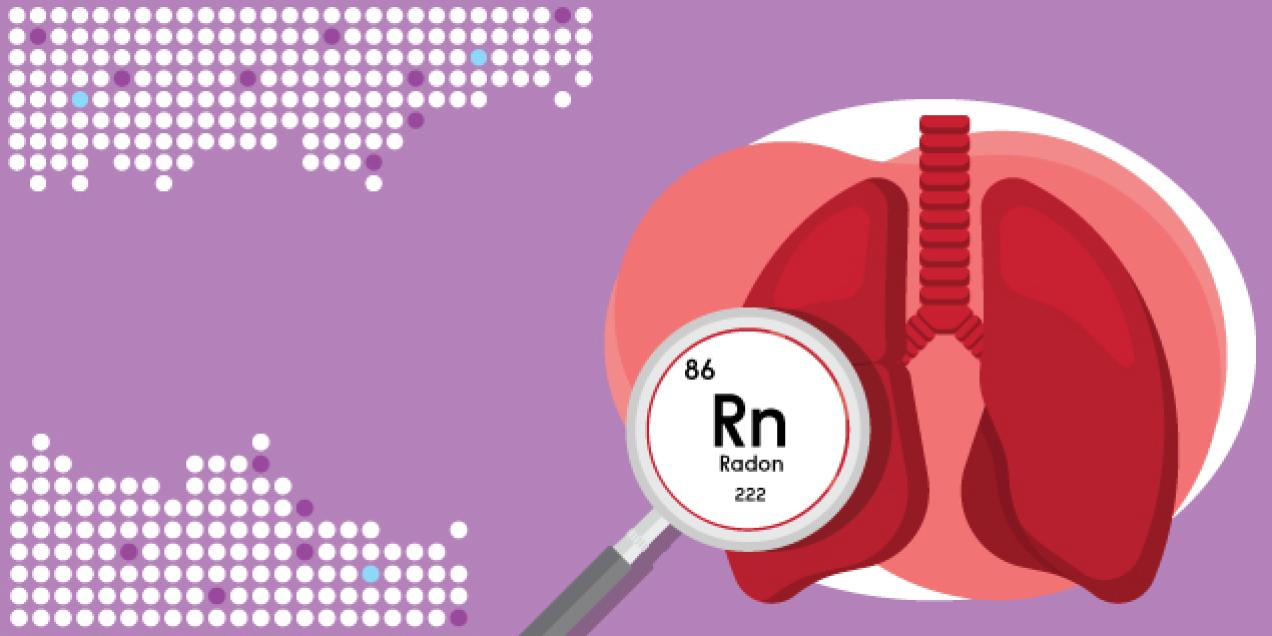 25 June '24
25 June '24- 17 April '24
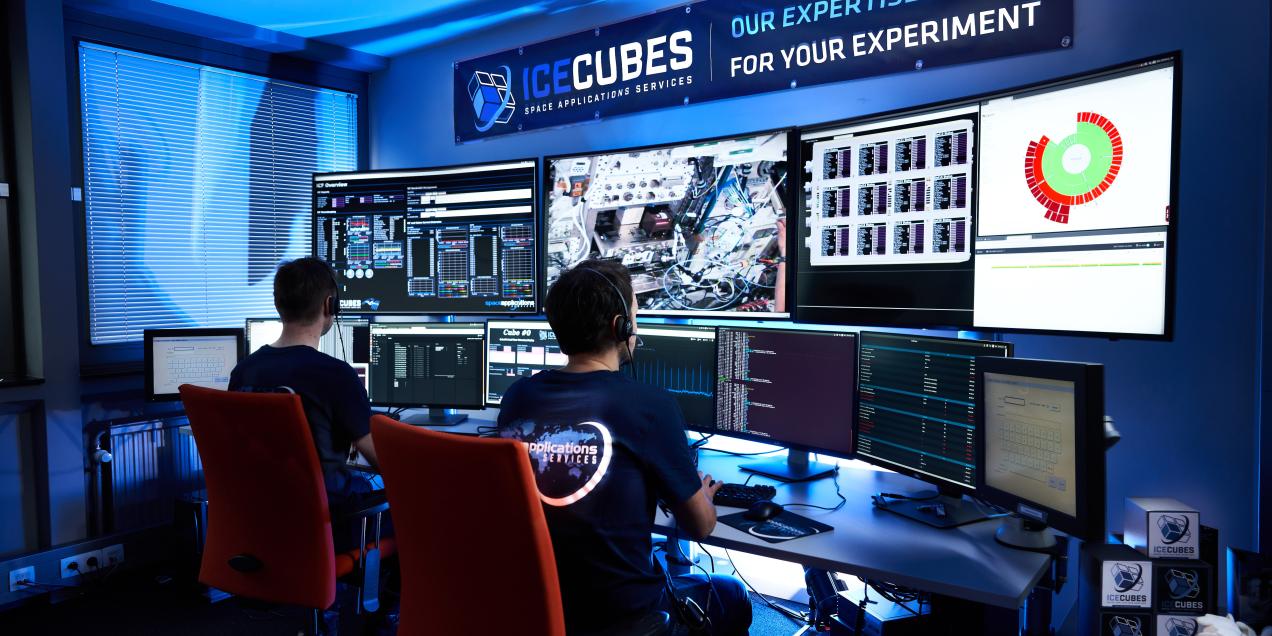 30 August '23
30 August '23